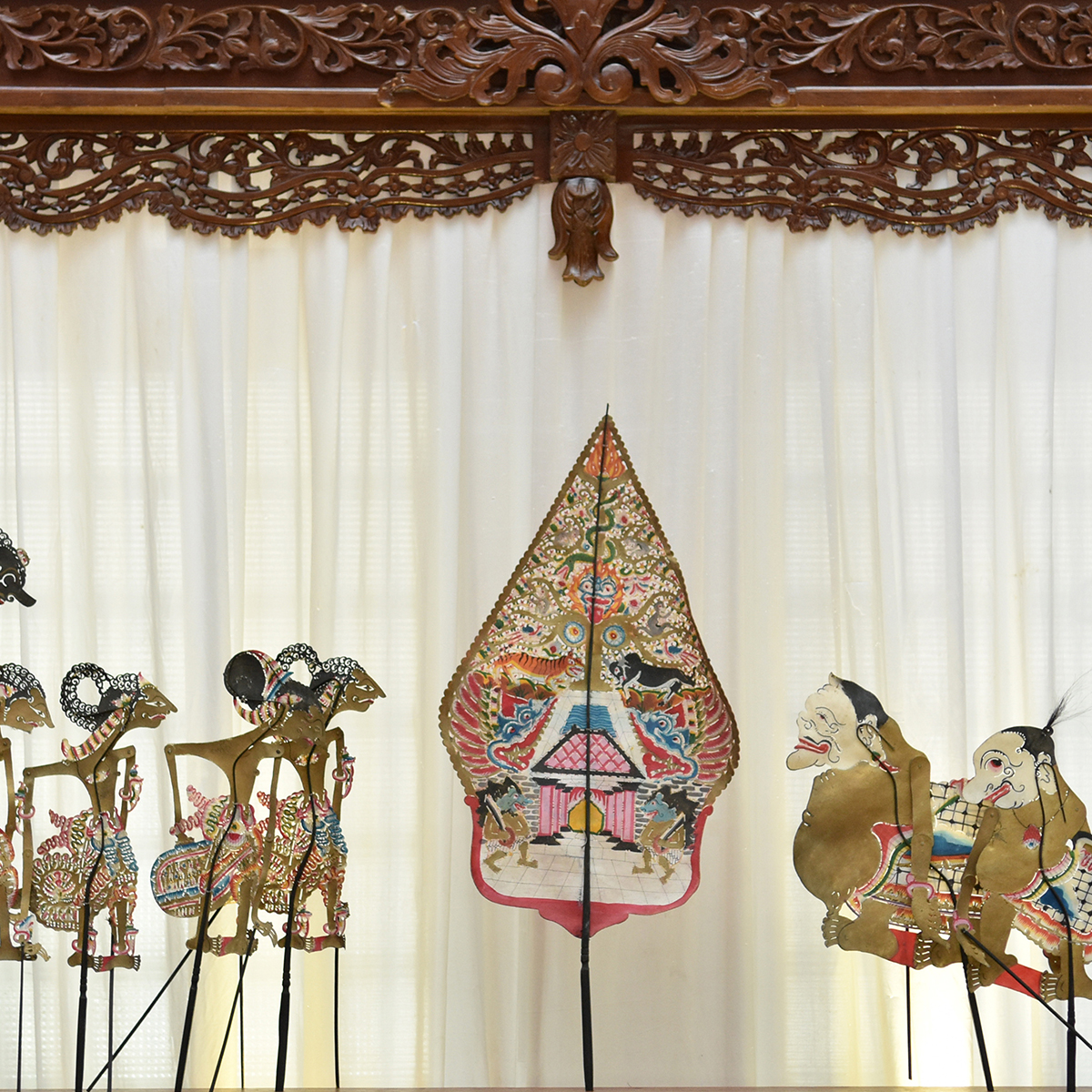For thousands of years, Chinese communities have not only settled on many parts of the Indonesian islands but they have also shared and infused their culture and traditions with those of the local population. This cultural assimilation can be seen in the architecture of buildings, cuisine, costume, musical instruments, and many other aspects in many forms that can be found throughout the archipelago. One of the most fascinating legacies of Chinese culture is the well preserved art of puppetry known as Wayang Potehi.
While the Wayang Kulit or shadow puppets of Central Java and the Wayang Golek of West Java feature distinct Indonesian characteristics, the Wayang Potehi is a traditional performance that wasbrought by Chinese immigrants from southern China. Whereas, the Wayang Kulit and Wayang Golek portray characters originating from the Mahabharata and the Ramayana Indian epic poems, Wayang Potehi features characters and stories from Chinese Legends. The word Potehi itself is derived from the word ‘Pou’ meaning fabric, ‘te’ meaning sackcloth, and ‘hi’ meaning puppet; thus potehi when literary translated means puppets made from sackcloth.
The puppets are played using all five fingers; the three middle fingers of the puppeteer control the head, while the thumbs and little finger control both hands of the puppets. The musical accompaniment for the performance consist of: gembreng, kecer or cymbals, cheh and puah, guitar, rebab, tambourine, trumpet, and piak-kok.
In China, this unique art has been around for over 3000 years since the era of the Jin Dynasty. According to legend, the puppets were created when 5 prisoners were given the death sentence for their crime. While four of the convicts fell into despair, one tried to distract himself by playing music with pots, plates, and other items around him to accompany an imaginary puppet performance. The legend further goes that the emperor happened to hear the unique but harmonious sounds, whereupon he pardoned all five convicts.
Wayang Potehi came to the Indonesian Archipelago between the 16th to 19th century along with the arrival of Chinese traders and migrants. Records indicate that in 18th century, a German resident,named Ernst Christoph Barchewitz, who had lived on Java for 11 years, came to Batavia to see the puppet show which was performed in the Chinese language.
For the Chinese descendants living in Indonesia, Wayang Potehi serves not only as entertainment but serves also as social and ritual function since it is usually performed in temples, especially along the northern coast of Java, including in the city of Semarang. Wayang Potehi tells stories taken from various Chinese legends such as Sam Kok, Sam Pek Eng Tay, and Li Si Bin.
When it was first introduced in Indonesia, Wayang Potehi used the Chinese language with Hokien dialect. However over time, the art came to be performed using the national language Bahasa Indonesia so that non-Chinese audience could also enjoy the show. Today, this special art is performed in various cities in Indonesia, including in Jakarta, Medan, Palembang, Yogyakarta, Solo, Pontianak, Manado and other Chinatowns, especially nearing the grand celebrations of the Chinese New Year.






























